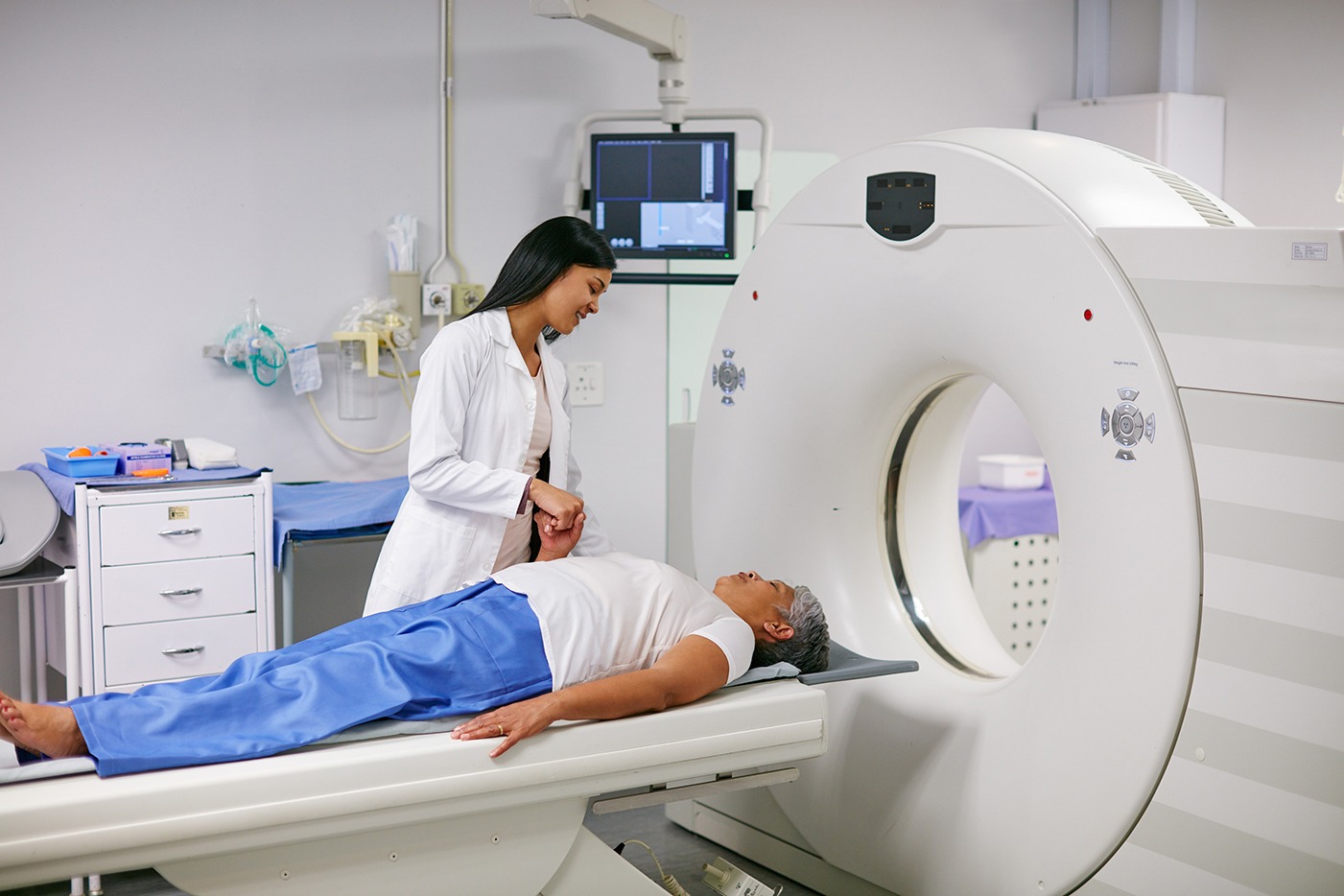
Sports injuries are common among athletes, ranging from sprains and strains to fractures and tears. Whether you're a professional athlete or someone who enjoys recreational sports, injuries are often inevitable. Early and accurate diagnosis is essential for proper treatment and recovery. MRI scans have become an indispensable tool in diagnosing and treating sports injuries, offering detailed images of soft tissues, bones, and joints.
Magnetic Resonance Imaging (MRI) uses a powerful magnetic field and radio waves to create detailed images of organs and tissues inside the body. Unlike X-rays or CT scans, MRI does not use ionizing radiation, making it a safer alternative for diagnosing a variety of conditions, including sports injuries. By providing high-resolution images of muscles, tendons, ligaments, cartilage, and bones, MRI scans are particularly useful in sports medicine.
When an athlete sustains an injury, an MRI scan can offer a clear picture of the severity and nature of the damage, allowing healthcare providers to devise an appropriate treatment plan. Whether you're dealing with a torn ligament, a muscle strain, or a joint injury, MRI scans are essential for effective diagnosis and treatment.
MRI scans are vital in diagnosing a wide range of sports injuries, especially those involving soft tissue and joints. Some of the most common injuries that MRI scans help diagnose include:
1] Ligament Tears - Ligament injuries, such as tears to the anterior cruciate ligament (ACL) or other knee ligaments, are frequent in sports like football, basketball, and soccer. A full body MRI scan or targeted knee MRI can clearly identify the extent of the tear, helping doctors determine whether surgery or conservative treatment like physical therapy is necessary.
2] Tendon Injuries - Tendons are the connective tissues that link muscles to bones, and they are often strained or torn in sports. Common injuries include Achilles tendonitis or rotator cuff tears in the shoulder. MRI scans can detect tears, inflammation, or degeneration in tendons, providing crucial information for treatment options.
3] Muscle Strains and Tears - Muscle injuries like strains or tears are common in high-intensity sports. MRI scans can identify the degree of muscle damage, such as a partial tear or a complete rupture, and help determine the right treatment course. Knowing whether an athlete has a mild strain or a more severe tear can make a big difference in recovery time.
4] Cartilage Damage - Injuries to cartilage, particularly in the knee (such as a meniscus tear) or hip, can significantly impact mobility. MRI scans provide detailed images of cartilage, allowing doctors to assess the damage and decide on the most appropriate treatment. MRI is one of the best ways to evaluate joint health and detect early signs of conditions like osteoarthritis.
5] Bone Fractures and Stress Injuries - Although X-rays are commonly used to detect fractures, MRI scans can identify bone stress injuries and stress fractures that might not show up clearly on an X-ray. These injuries often occur from repetitive stress in sports like running or gymnastics. MRI scans offer a more detailed look at bone tissue and can identify small fractures that may otherwise go undiagnosed.
Accurate diagnosis is key to effective treatment and preventing further injury. Sports injuries that are not properly diagnosed or treated can lead to chronic pain, further damage, or even permanent disability. MRI scans provide a comprehensive and precise image of the injury, allowing healthcare professionals to:
1] Assess the severity of the injury, such as whether a ligament tear is complete or partial.
2] Plan treatment options, including whether surgery, physical therapy, or rest is the best course of action.
3] Monitor recovery by comparing pre- and post-treatment MRI scans to ensure proper healing.
4] Avoid unnecessary treatments by accurately diagnosing the injury, which can prevent unnecessary surgery or medication.
By offering high-definition images, MRI scans provide healthcare providers with the best tools to create individualized treatment plans for athletes or anyone suffering from a sports injury.
In addition to diagnosing existing injuries, MRI scans can also play a role in sports injury prevention. Athletes who are prone to injury or who engage in high-risk sports may undergo periodic MRI scans as part of their preventive care. A full body MRI scan may provide insight into the overall health of muscles, joints, and bones, allowing for early detection of potential problems like inflammation or stress fractures.
Early detection of injuries or imbalances can help athletes modify their training regimens, rest when necessary, or undergo physical therapy to strengthen muscles and improve flexibility. This proactive approach can reduce the risk of severe injuries and enhance overall performance.
While MRI scan price can vary depending on the location and type of scan, it is important to weigh the long-term benefits of accurate diagnosis and treatment. In the case of sports injuries, the cost of an MRI scan is often justified by the ability to pinpoint the issue early, which can lead to quicker recovery and a reduced risk of further injury. Some healthcare insurance plans may cover the cost of an MRI scan if it’s deemed medically necessary, especially for athletes or active individuals suffering from persistent or serious injuries.